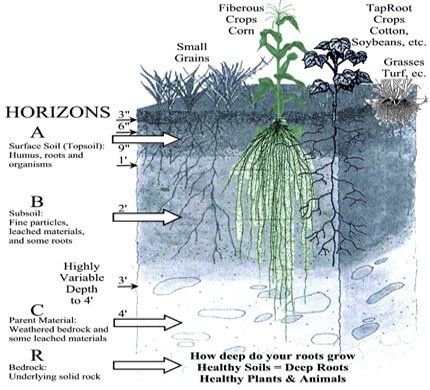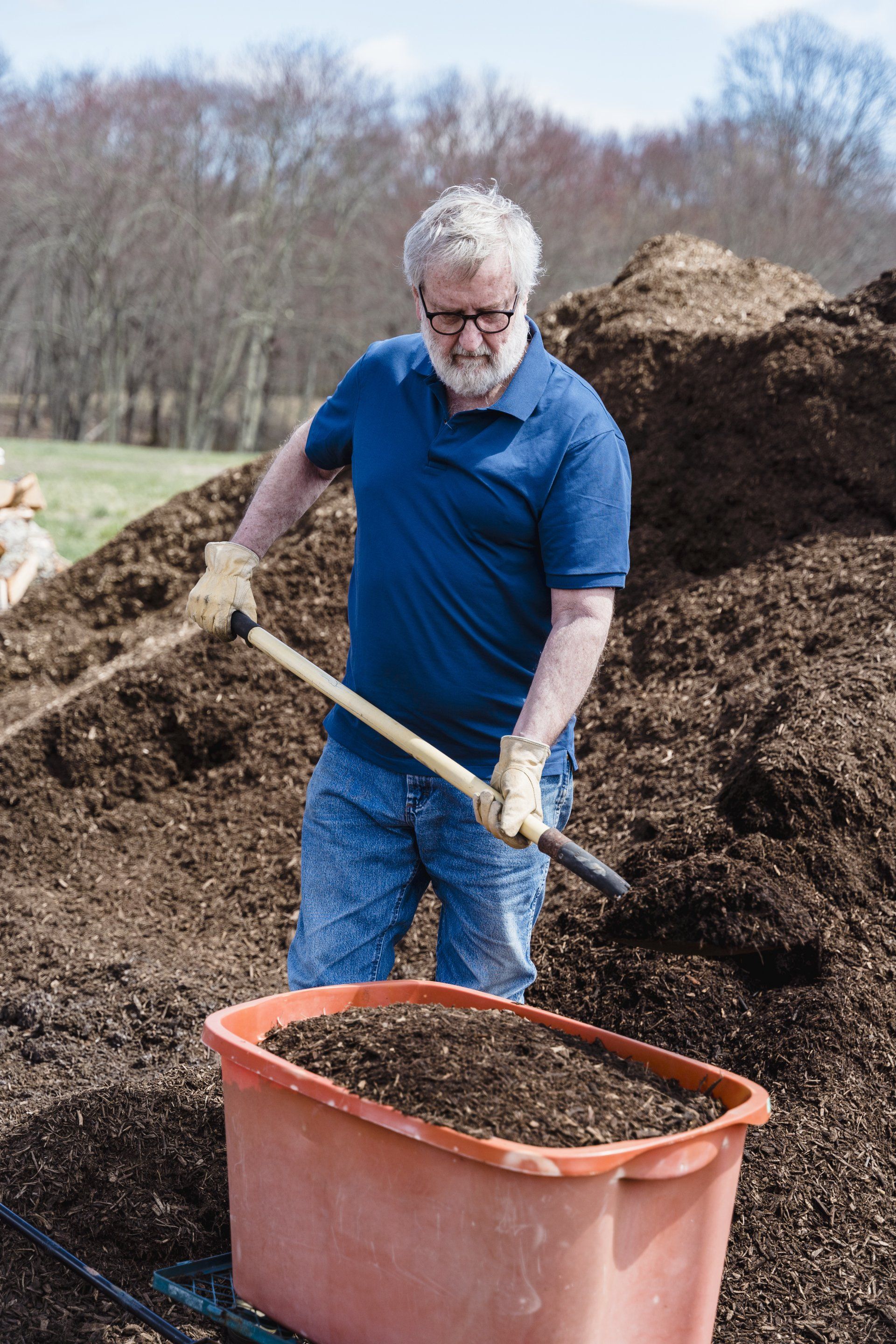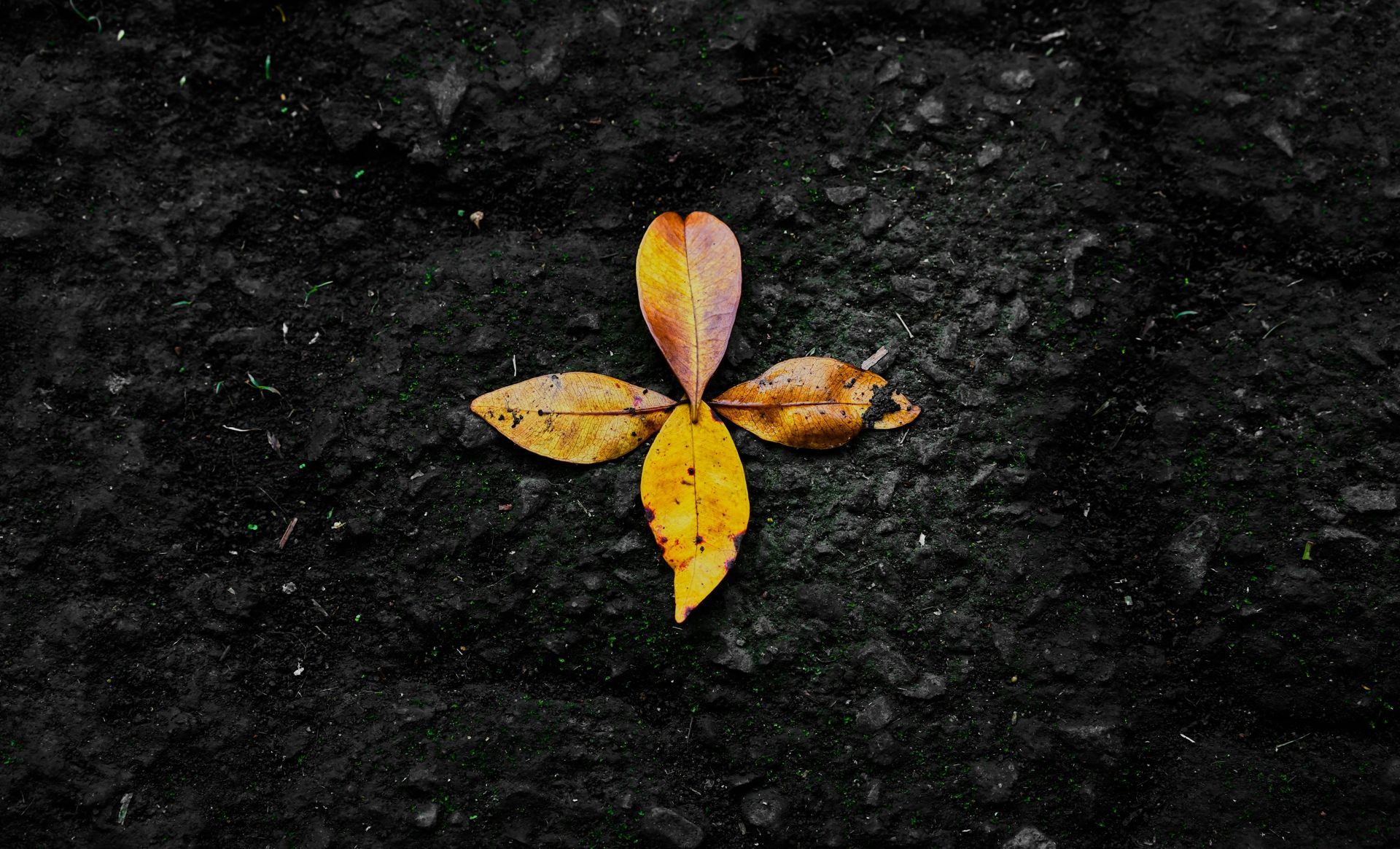Procuring a correctly sampled and handled soil is CRUCIAL to the accuracy of your soil test results!
Things to consider:
1) Soil samples must be taken directly from the major root zone of your problem area.
2) Soil tests can only reveal what is in the physical soil you send us, not the surrounding areas.
3) To avoid delays in processing your sample include a completed submittal lab form with you soil sample bag.
4) Making a map of your sample locations with a permanent identification systems will ensure future samples are taken from these same locations. Using a GPS and marking co-ordinates or using signs or markers is a great way to remember exact locations.
5) To make a representative composite soil sample you should collect soil from four locations throughout the specific area being tested, even for small beds or areas.
6) Only combine soils with no distinguishing differences or performance markers from over a specific area of interest. You can make one representative soil sample of up to 40 acres of non-irrigated land.
7) Take separate samples from areas where you see significant differences in plant quality, soil coloration or growth performance. Don't combine samples from different soil conditions into one sample.
8) For problem areas, confine the sample taken to the specific area such as the root zone around dying plants or heavily calcified or discolored soil.
How To Take A Soil Sample
- With a spade, shovel, post hole digger or trowel, dig a hole from the top to the bottom of the desired area to sample. Put the excess soil to the side.
- Taking your spade, shovel or trowel, shave the wall of the hole at a thickness of one inch, from the top of the hole to the bottom.
- When digging your hole, if the soil is too dry or loose and crumbly, shave short lengths of constant width.
- Be sure to include the top crust of the soil in the sample. It contains fertilizer and elements which are a part of the overall soil profile.
- Remove trash, debris and foreign material such as branches, roots, stems, rocks, etc.
- The goal is to take a uniform slice of soil from the top of the top to the bottom of the sample area.
- Put the collected soil for each specific area in a plastic bucket and mix well.
- Break up large clumps and clods to achieve an even consistency.
- If the soil is wet, muddy, or contains moisture significant enough to damage packaging or hinder mailing, please allow time for the sample to dry before packing and shipping.
- Do not dry the sample by placing it in the sun or exposing it to heat.
- Allow the sample to dry naturally in a sunless area.
- Put enough soil in your return bag to fill to the line, about three to four cups. Fold the top of the bag down to the front once over, and wrap ties around the rear to keep the bag closed.
- A quart-sized Ziploc bag is also an acceptable sampling bag.
- Place your soil sample bag and completed submittal form into a shipping box.
- Do not place your submittal form in the sample bag with the soil.
- Be sure to clearly mark the sample bag with your sample ID.
- Use packing to prevent the bag(s) from moving around in the shipping box.
- You are now ready to ship your sample with your preferred mail carrier to 4915 West Monte Cristo Rd., Edinburg, TX 78541.
NOTE:
Test frequently. Test after each crop for optimum management. Perform interim tests for sudden changes or specific areas of poor performance. Problem areas can be isolated to specific areas and should be marked and tested regularly in conjunction with overall testing.
Please contact us at 956-383-0739 if you have any trouble or questions regarding sending in your soil sample.




